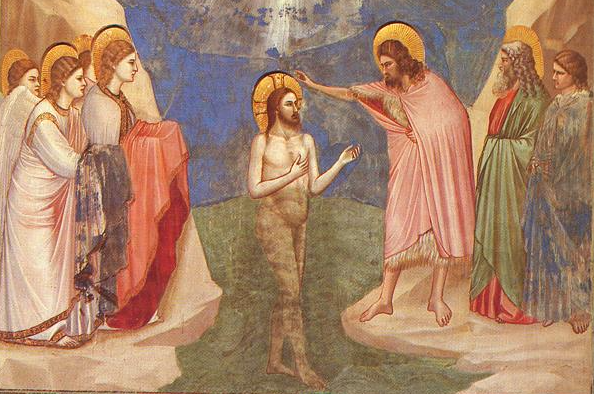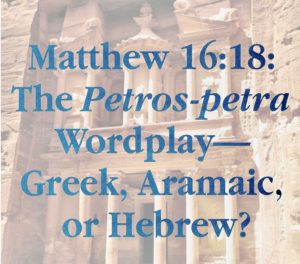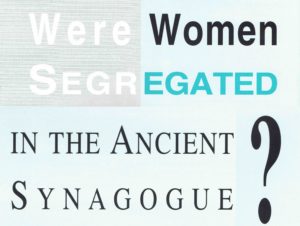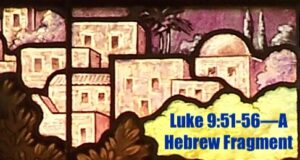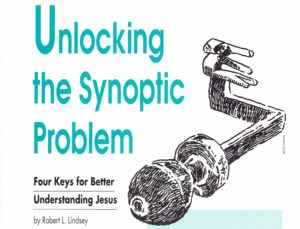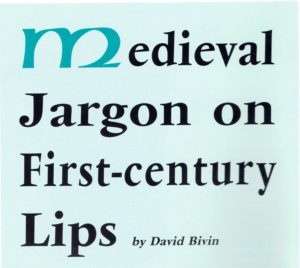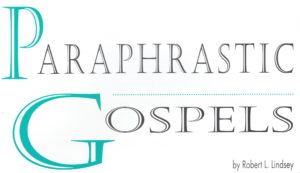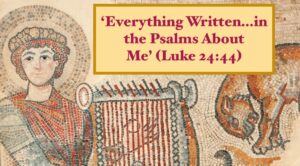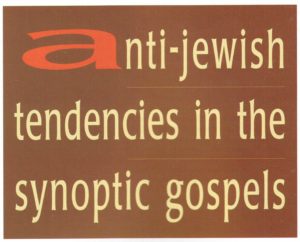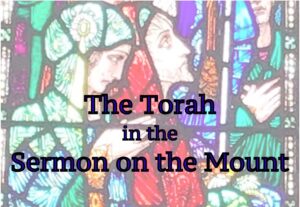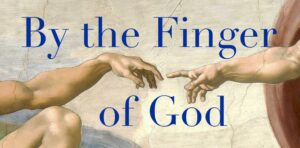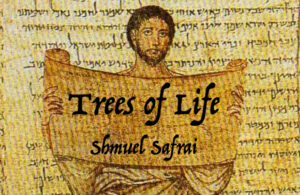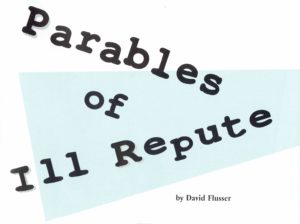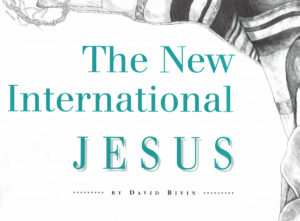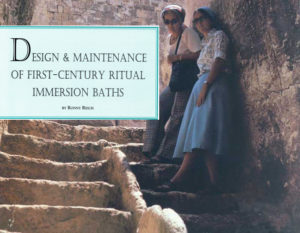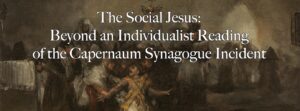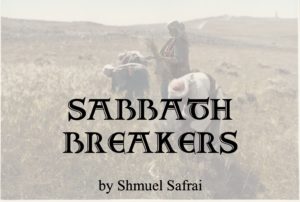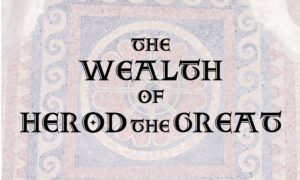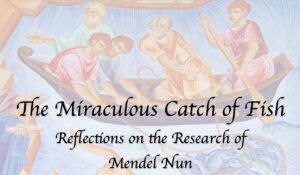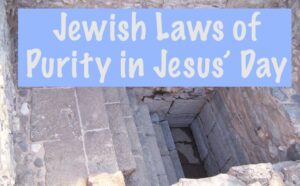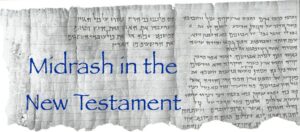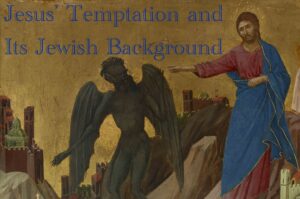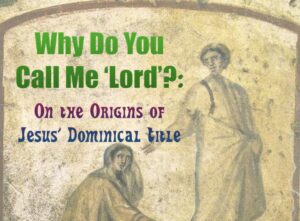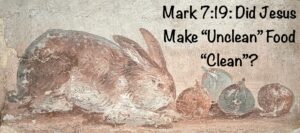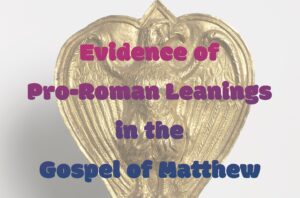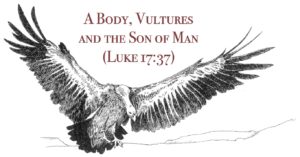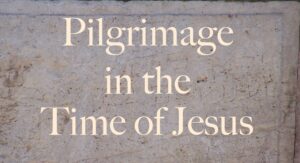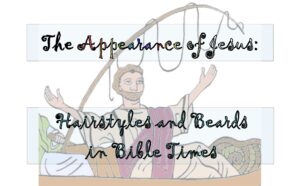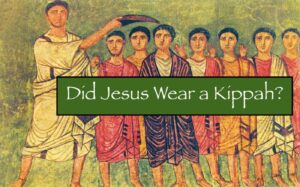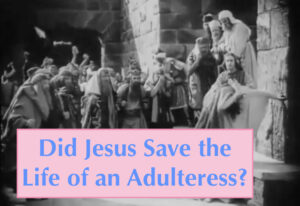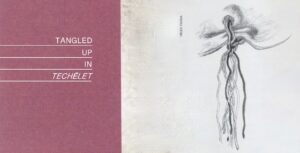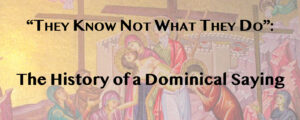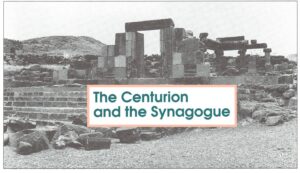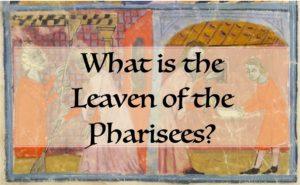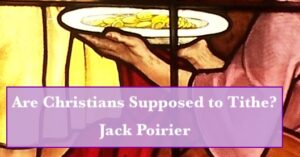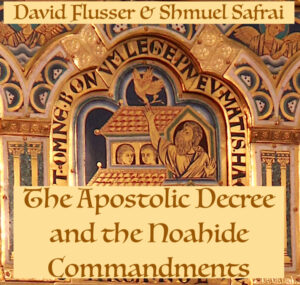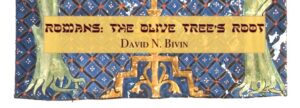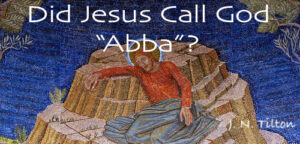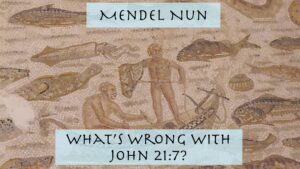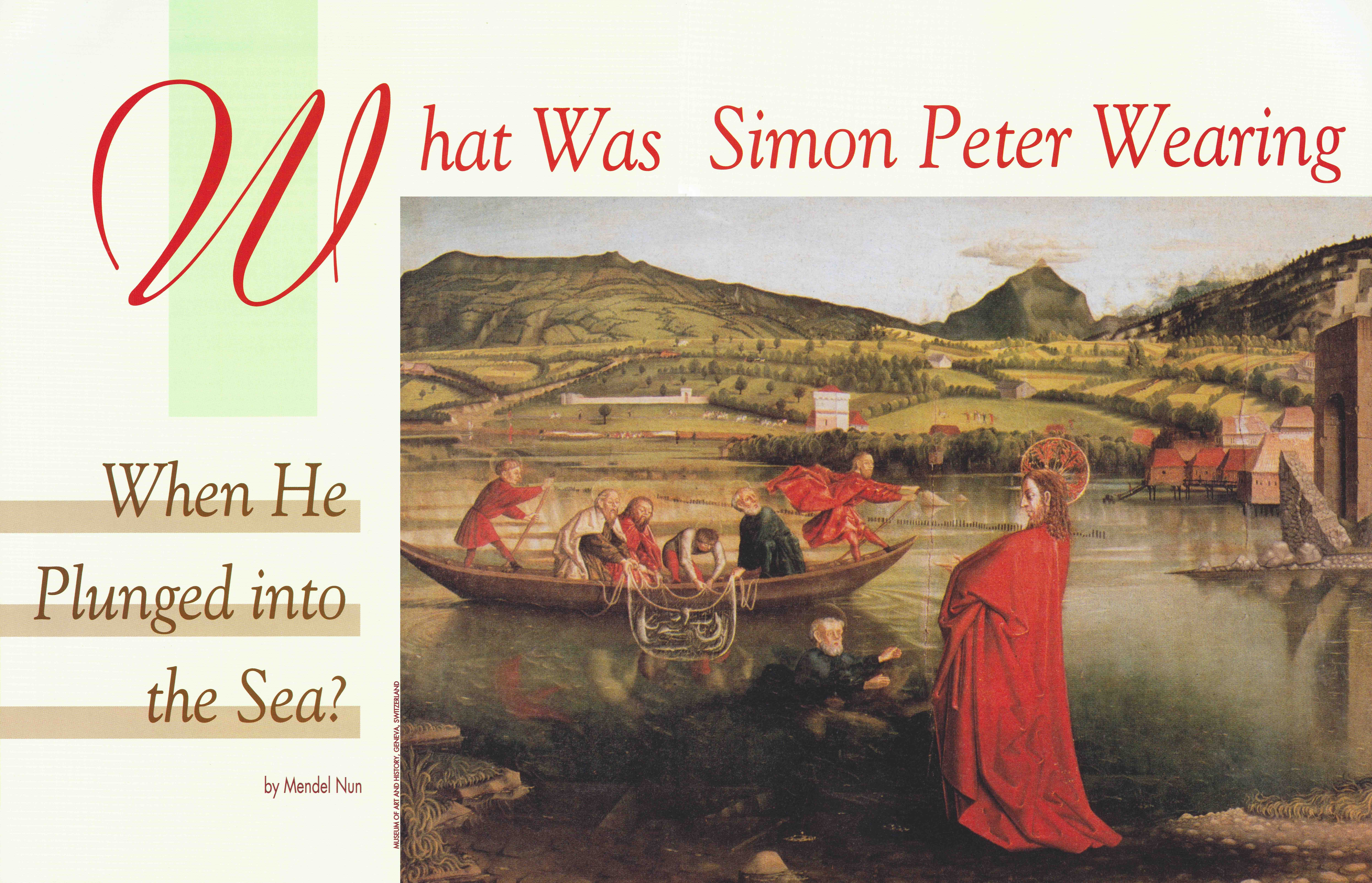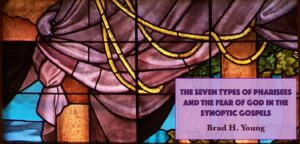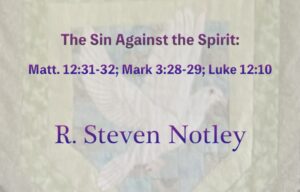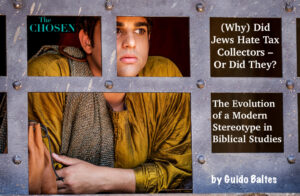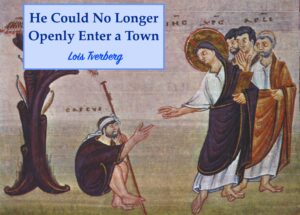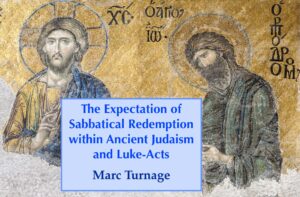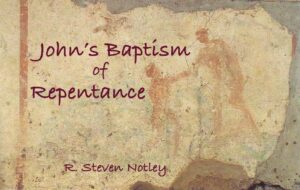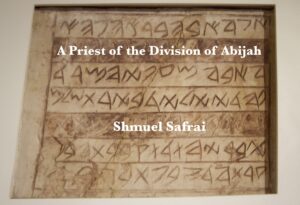That Mark’s Gospel was designed first and foremost as Jesus’ messianic biography is clear from its opening line: “The beginning of the gospel of Jesus the Messiah (Christ)” (Mark 1:1). In light of this, I am inclined to view Mark 1:1-11 as a programmatic opening to Jesus’ messianic biography. that aimed to convincingly present Jesus as the Anointed One. It stands to reason, therefore, that Mark’s introduction would relate to Jewish messianic beliefs that circulated broadly within the various currents of Second Temple Judaism. Let me quote in full the passage in question:
The beginning of the gospel of Jesus the Messiah (Ἰησοῦ Χριστοῦ), the son of God (υἱοῦ θεοῦ). 2 As it is written in Isaiah the prophet, “Behold, I send my messenger before thy face, who shall prepare thy way; 3 the voice of one crying in the wilderness: Prepare the way of the Lord, make his paths straight—” 4 John the baptizer appeared in the wilderness, preaching an immersion of repentance for the forgiveness of sins (βάπτισμα μετανοίας εἰς ἄφεσιν ἁμαρτιῶν). 5 And there went out to him all the country of Judea, and all the people of Jerusalem; and they were baptized by him in the river Jordan, confessing their sins. 6 Now John was clothed with camel’s hair, and had a leather girdle around his waist, and ate locusts and wild honey. 7 And he preached, saying, “After me comes he who is mightier than I, the thong of whose sandals I am not worthy to stoop down and untie. 8 I have baptized you with water; but he will baptize you with the Holy Spirit (ἐν πνεύματι ἁγίῳ).” 9 In those days Jesus came from Nazareth of Galilee and was baptized by John in the Jordan. 10 And when he came up out of the water, immediately he saw the heavens opened and the Spirit descending upon him like a dove (ὡς περιστερὰν); 11 and a voice came from heaven, “Thou art my beloved son (ὁ υἱός μου ὁ ἀγαπητός); with thee I am well pleased.” (Mark 1:1-11; adapted from RSV)
Mark’s programmatic opening of the Gospel narrative also appears in a slightly reworked and expanded form in Matthew 3:1-17 and Luke 3:2-22.
Paid Content
Premium Members and Friends of JP must be logged in to access this content: Login
If you do not have a paid subscription, please consider registering as a Premium Member starting at $10/month (paid monthly) or only $5/month (paid annually): Register
One Time Purchase Rather Than Membership
Rather than purchasing a membership subscription, you may purchase access to this single page for $1.99 USD. To purchase access we strongly encourage users to first register for a free account with JP (Register), which will make the process of accessing your purchase much simpler. Once you have registered you may login and purchase access to this page at this link:

